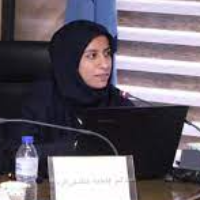Representation of Folklore Factors in IRIB Series
Folklore contains vast aspects of life such as customs, rituals, religion, art, knowledge and literature that shapes material, behavior and speech traditions of folklore. Culture is a dynamic phenomenon that is constantly changing and it represents a part of an individual and collective identity. The identity in form and in content will be meaningful in the context of social interaction. Mass media often indirectly but pervasively transfers too much information about people to the audience that can shape their everyday life. The media, particularly television, is one of the factors that make it possible to identify the elements of identity. Thus, in modern times, people form identities with pictures and titles that reflect the cultural industry and media. The present research is an attempt to represent folklore factors observed in the I.R.I.B. series in the last three decades. Thus, two sets of three decades (In my shelter (1373) and Rely on the Wind (1391)) have been chosen and with the aid of semiotics have been analyzed. The results show how representations of folklore factors have been changed over time.
-
Translation criticism from the perspective of the translator’s gender in framework of critical discourse analysis; A case study of the novels "The handmaid’s tale" and "The mountains echoed"
Masoomeh Asadollah Sharifi *, Zohreh Safavizadeh Sohi, , Marjan Taheri Osgouei
Journal of Sociolinguistics, -
The National Media's Approach to Persian and Local Languages: A Critical Evaluation Based on Language Policy and Planning Framework
Hossein Davari *, Negar Davari Ardekani,
Journal of Linguistic Studies: Theory and Practice,


